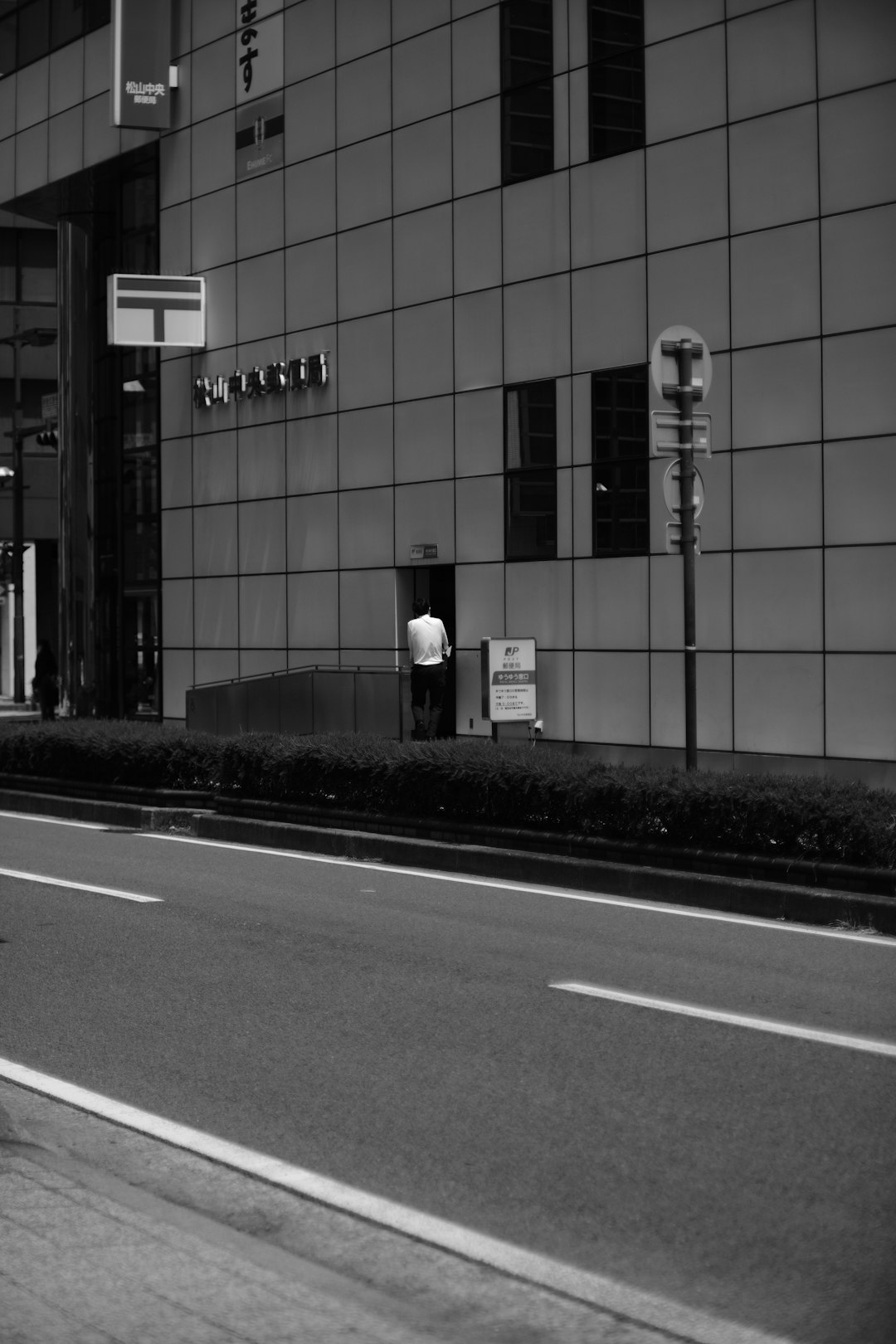The Pulse of Tokyo: How the City’s Influence Shapes Japan's Political and Cultural Landscape
Tokyo—the pulsating heart of Japan, a city of shimmering neon, poised tradition, and constant reinvention. Despite its ultra-modern skyline, Tokyo is a metropolis deeply rooted in history and pivotal in shaping Japanese society, politics, and technology. But what makes Tokyo—and its millions of voters—so influential? Let’s wander through the city's narrow alleyways, bustling stations, and high-tech hubs to unravel the broader story behind its power and significance.
The People: Citizens at the Crossroads of Tradition and Innovation
Tokyo’s population, over 14 million and counting, is as diverse as it is dense. Here, you’ll find tech-savvy youths in Harajuku experimenting with tomorrow’s fashion trends, elderly residents upholding rituals in the tranquil gardens of Ueno, and international workers tending the city’s beating economic heart. Tokyoites are famed for resilience: the city's recovery after repeated earthquakes, firebombing, and post-war scarcity is the stuff of legend.
Surprising Fact:
Despite Japan’s famously aging population, Tokyo boasts a relatively youthful and cosmopolitan demographic, with a vibrant foreign community. This diversity means Tokyo often leads national shifts in public opinion and lifestyle.
The Places: A City that Never Sleeps—Or Sits Still
From the iconic Shibuya Crossing (reportedly the busiest pedestrian scramble in the world) to the historic precincts of Asakusa and the serene Meiji Shrine, Tokyo is a confluence of past and future. The city is also home to Japan’s political core—Nagatacho, where the National Diet Building houses the country’s parliament and the ruling party’s headquarters.
Fun Fact:
Tokyo has one of the world’s most efficient public transit systems, with trains so punctual that delays are measured in seconds—and lateness announcements are issued for delays as short as one minute.
The Technology: Where the Future is Unfolding
Tokyo is synonymous with innovation. It was here that the Walkman and PlayStation were born; today, it’s a testing ground for robotics, smart cities, and cashless lifestyles. Subway stations use AI to guide foot traffic. Even convenience stores employ robots for stocking shelves.
Societal Relevance:
Tokyo’s embrace of automation reflects Japan’s broader response to labor shortages and demographic change. Its use of technology in everyday life serves as a model for urban centers worldwide, making it a global trendsetter.
The Concepts: Democracy, Civic Engagement, and Change
Tokyo’s voters are at the epicenter of Japan’s democracy. Since the country’s postwar constitution in 1947, regular elections have reflected and sometimes accelerated societal shifts. The city’s voting patterns often hint at broader currents—urban-rural divides, generational shifts, and responses to economic or environmental crises.
Notable Development:
Japanese elections blend old and new: campaign trucks still blare candidates’ names while social media plays an ever-expanding role, drawing in younger voters. Public apathy is a concern, but youth activism is rising—especially on issues like climate change and social inclusivity.
The Broader Context: Signals from the Megacity
When Tokyo’s electorate stirs, the whole nation pays attention. Their choices reflect not just local concerns but also the pulse of a changing Japan—one negotiating its place between ancient custom and rapid modernization, between global influence and domestic challenges.
Global Trend:
Tokyo's dynamic is mirrored in other megacities like London, New York, and Seoul, where urban voters frequently catalyze national conversations on policy, technology, and cultural identity.
This article was inspired by the headline:
'Tokyo voters punish Japan ruling party ahead of national election.'
